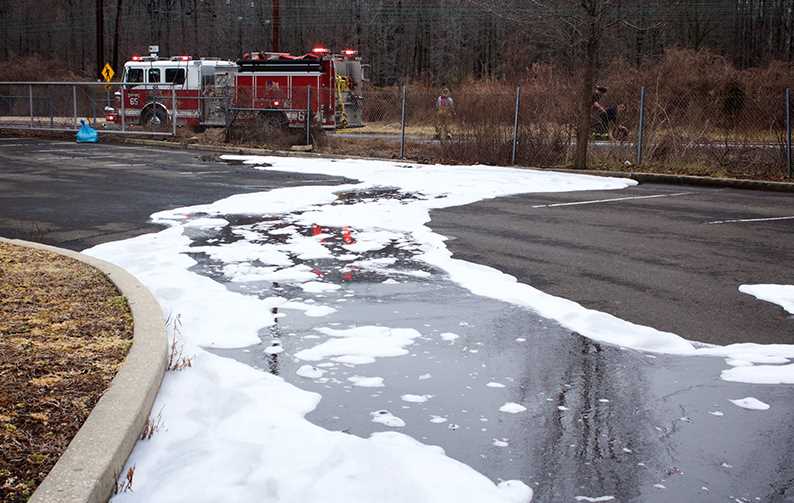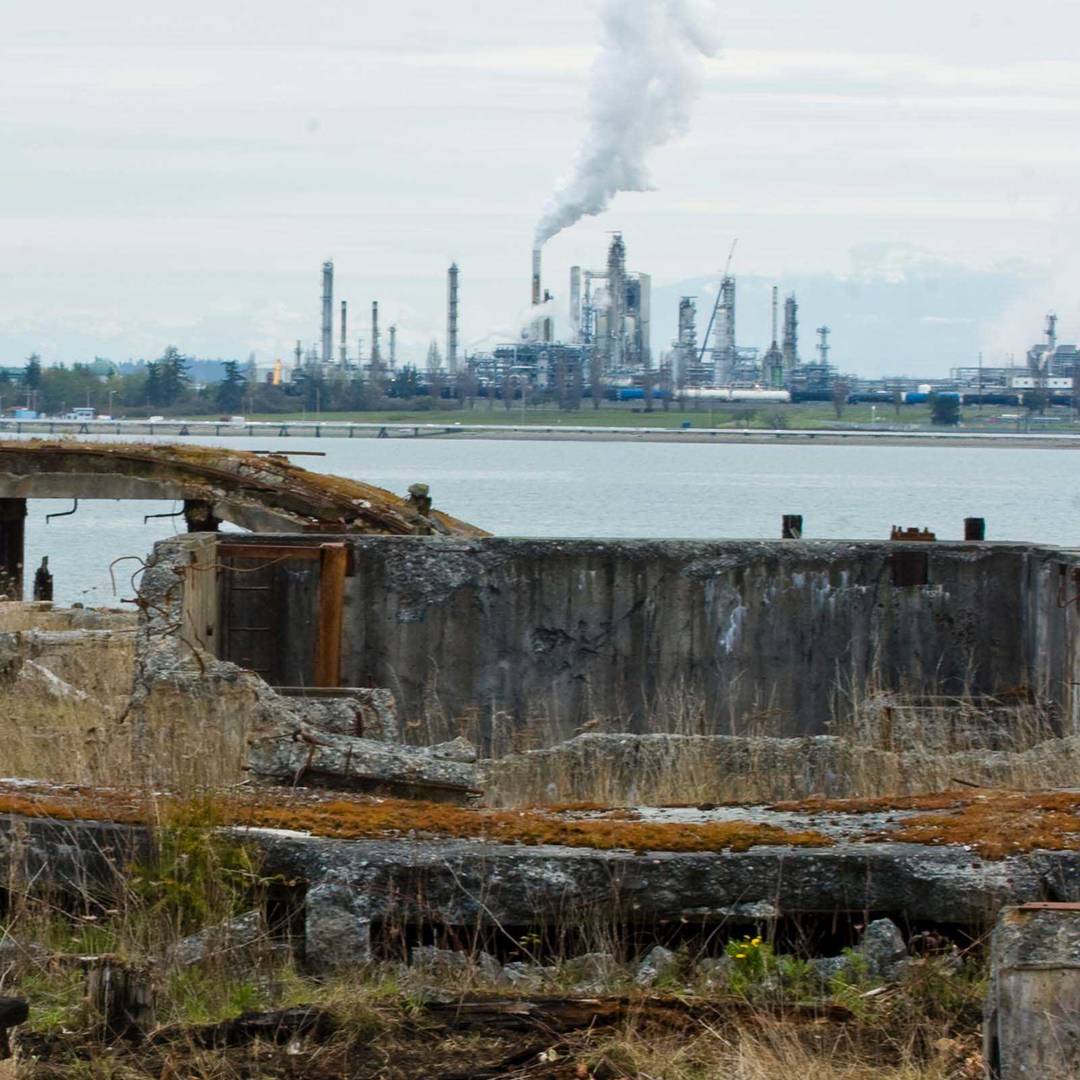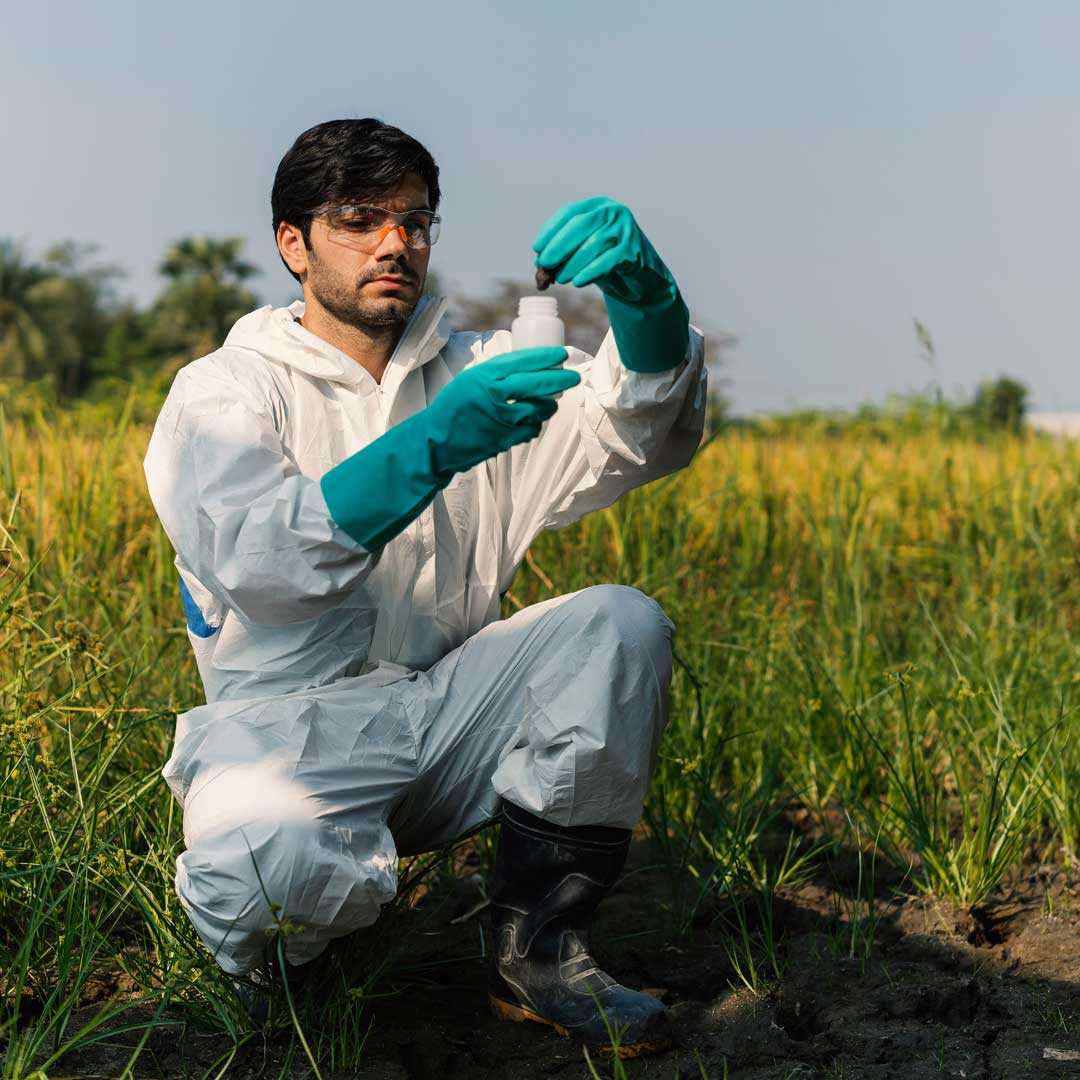New PFAS regulations are coming: what you need to know

2024 is proving to be a milestone year in the regulation of per- and polyfluoroalkyl substances (PFAS). Each month so far has brought new steps in the proposal or implementation of environmental rules governing PFAS:
January 2024 – US Environmental Protection Agency (EPA) finalizes a new rule that prevents companies from starting or resuming the manufacture or processing of 329 PFAS without a complete EPA review and risk determination.
February 2024 – US EPA proposes modifying the definition of hazardous waste, as it applies to cleanups at permitted hazardous waste facilities, to include emerging chemicals of concern, such as PFAS. US EPA also proposes amending its Resource Conservation and Recovery Act (RCRA) regulations to add multiple PFAS compounds as hazardous constituents.
March 2024 – The European Chemicals Agency (ECHA) outlines how its two scientific committees will evaluate the proposal by 5 EU member states to impose sweeping restrictions on over 10,000 PFAS across all sectors throughout Europe.
To put it bluntly: If you are involved in manufacturing, commodities, or the management of public or private environmental systems in the United States or Europe, you should be anticipating the need for initial or increased PFAS testing towards meeting new PFAS compliance demands.
As pioneers of PFAS testing, with one of the largest PFAS testing laboratory networks in the world, ALS is committed to providing you with the knowledge you need to stay on top of PFAS regulations.
Escalating demand for PFAS regulations
Commonly known as “forever chemicals” because they do not break down in the environment, PFAS are used in the manufacture of stain-resistant, water-resistant and non-stick consumer goods. They also occur as the byproduct of many industrial processes.
Because they are so indestructible, PFAS accumulate in food, water, soil and the air. According to the US Centers for Disease Control and Prevention (CDC), more than 97% of the US population has PFAS in their bodies. This prevalence of PFAS has led to ongoing investigation of their potential negative health impacts and given rise to public concern about PFAS contamination.
To understand the pervasiveness and potential regulatory impact of PFAS, consider the many industries and products being investigated by ECHA in 2024 to address PFAS contamination concerns in the EU: cosmetics, ski wax, metal plating and metal products, textiles, upholstery, leather, apparel, carpets, food contact materials and packaging, petroleum and mining.
Globally, the use of some of the most harmful PFAS compounds has already been restricted for over a decade. The Stockholm Convention – the United Nations’ international environmental treaty that covers most of the world – forbids the use of PFOS, PFOA, PFHxS, and related PFAS with few exceptions.
Two sectors already under some of the heaviest scrutiny for PFAS are public water systems (PWSs) and firefighting foam:
PFAS in public water systems
In the US, not all public water systems (PWSs) are required to test for and remove PFAS, but several states have already established laws regulating some PFAS in their drinking water. It is likely that sweeping US EPA regulations of PFAS contamination in water systems are on the horizon.
The Safe Drinking Water Act (SDWA) requires that once every five years the US EPA issue a list of unregulated contaminants to be monitored by PWSs. In 2021, the EPA’s Fifth Unregulated Contaminant Monitoring Rule (UCMR 5) was published, requiring sample collection and testing of 29 PFAS, as well as lithium, between 2023 and 2025. Sample analysis is required to be performed by laboratories, like ALS, that are EPA-approved for UCMR 5.
The SDWA also grants the EPA authority to set enforceable National Primary Drinking Water Regulations (NPDWRs) for drinking water contaminants. In March 2023, the EPA announced proposed NPDWRs for six PFAS including PFOA, PFOS, PFNA, HFPO-DA, PFHxS and PFBS.
In April 2024, the EPA issued its Final Rule on PFAS NPDWRs and announced maximum contaminant levels (MCLs) in public water systems for PFOA, PFOS, PFNA, PFHxS, and HFPO-DA, and limits on some PFAS mixtures. Once this Final Rule is published in the US Federal Register, public water systems will have to comply with monitoring and public notification requirements within three years.
In addition to the EU Drinking Water Directive, several EU member states have also implemented their own national regulations on PFAS in drinking water.
PFAS in firefighting foam
One of the largest contributors of PFAS contamination in drinking water in the US is AFFF, a common type of fire-fighting foam. In fact, fire-fighting training sites are among the four main sources of environmental PFAS contamination in the US, along with industrial sites, landfills and wastewater treatment plants. In January 2022, a ban on AFFF took effect in California, which joined Colorado, New Hampshire, New York and Washington in banning all PFAS in firefighting foam. Several other states are considering similar bans.
At the federal level, the US Congress included a decision in the National Defense Authorization Act (NDAA) that requires the US Department of Defense (DOD) to stop purchasing PFAS-based firefighting foams by 1 October 2023, and phase them out completely by 1 October 2024.
As in the US, facilities in Europe where PFAS-containing firefighting foams have been used, such as military airports and firefighting training sites, have been found to heavily contaminate the air, soil, water and even the blood of people living nearby.
In Europe, two regulations – EU 2020/784 and EU 2021/1297 – set out restrictions on the use of AFFF and a timeline for compliance. For this specialized PFAS testing, ALS conducts total oxidizable precursor (TOP) assay analysis, which is required to determine the concentrations of PFOA and PFCAs C9-C14. Additionally, in 2023, ECHA’s Committee for Socio-Economic Analysis (SEAC) approved a proposed EU-wide ban on PFAS in firefighting foam. The proposed ban, which contains specific transition periods for different areas of application, is expected to take effect in 2024.
The new standard for environmental PFAS testing
In January 2024, the US EPA published the final version of Method 1633 which has quickly become the standard set of procedures for analysis of PFAS in a wide range of sample types. The US EPA recommends the use of this method, and it is currently the only PFAS method that has been validated in multiple laboratories for aqueous matrices that include wastewater, surface water, groundwater, and landfill leachate, as well as for soil, sediment, biosolids, and fish and shellfish tissue. The method also enables the analysis of many PFAS compounds. Method 1633 is already required for the analysis for PFAS in matrices other than drinking water by the US DoD, using a laboratory like ALS that has DoD accreditation for the method.
In 2022, The European Commission proposed new thresholds for a group of 24 PFAS in surface and groundwater as well as a threshold for PFAS in biota. This list includes 8:2 and 6:2 FTOHs, which are too volatile for analysis using liquid chromatography due to their low boiling points and high vapor pressures. ALS has developed an effective approach using GC-MS/MS with positive chemical ionisation (PCI), which provides high sensitivity, selectivity and reliability for determining FTOHs.
The importance of a reliable PFAS testing and compliance partner
The estimated cost to remediate the ~55,000 PFAS-contaminated sites in the US alone is $220 billion. Many companies, therefore, are now offering assistance in meeting compliance, including consultancy and software firms that outsource testing, and laboratories new to PFAS testing.
Because expert testing and reliable data are critical to developing the right compliance strategies to meet your regulatory obligations, you need a partner that has the experience, knowledge and scale to help you navigate the coming challenges. At ALS, we have been providing PFAS sample testing and analysis services for over two decades.
Our work at the forefront of PFAS testing gives us a legacy of knowledge and expertise that offers our clients confidence in our ability to provide quick turnaround times and highly accurate results across sample types and analysis methods. Constantly staying on top of the latest developments on PFAS has enabled us to scale up in anticipation of new regulations and standardise practices at our globally unrivaled network of PFAS labs.
Morten Christensen, ALS’ Environmental Sales & Marketing Director, USA, explains, “We operate a truly global lab network for PFAS testing. Not only do we share a universal, global instrumentation platform, but we also share best practices between our labs around the world.”
Talk to us about your needs, concerns and questions. Ask about our full-service testing and analysis services as well as affordable screening options. We know what you’re up against, and we are ready to help you meet the challenges ahead.
About ALS Limited
A global leader in testing, ALS provides comprehensive testing solutions to clients in a wide range of industries around the world. Using state-of-the-art technologies and innovative methodologies, our dedicated international teams deliver highest-quality testing services and personalized solutions supported by local expertise. We help our clients leverage the power of data-driven insights for a safer and healthier world.
Related articles

PFAS under CERCLA: Fact Sheet, Next Steps, and Test Methods
EPA deems two PFAS (PFOA and PFOS), as CERCLA hazardous substances–what it means for managing sites with these persistent and potentially harmful chemicals.
Learn more
Expanding the scope of PFAS analysis in soils and waters
ALS in Australia has now extended its service offering to include 54 PFAS compounds.
Learn more
New US FDA MoCRA budget targets PFAS in cosmetics
Discover how ALS' expertise in PFAS testing can assist your company in meeting regulatory obligations.
Learn more






















































